Loktak Lake’s Plight Highlighted at Global Stage: Azam Siddiqui’s Photograph Spotlights Dying Wetland at Ramsar COP 15
ENVIRONMENT
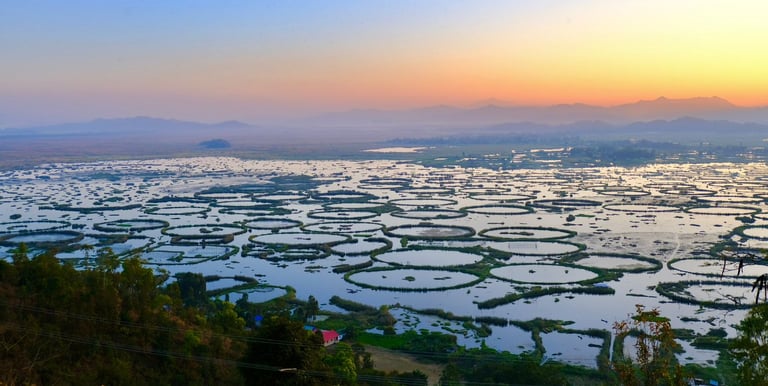

Imphal: Loktak Lake, the largest freshwater lake in northeastern India and a Ramsar Site of international significance, is facing an existential crisis, a fact poignantly captured by visual communicator and environmentalist Azam Siddiqui. His striking photograph of the lake, selected for the prestigious Ramsar Sites Photo Exhibition at the 15th Conference of the Parties (COP15) to the Ramsar Convention on Wetlands in Victoria Falls, Zimbabwe (July 23-31, 2025), has brought global attention to the ecological and cultural treasure that is on the brink of collapse.
Image: Photo selected for the prestigious Ramsar Sites Photo Exhibition
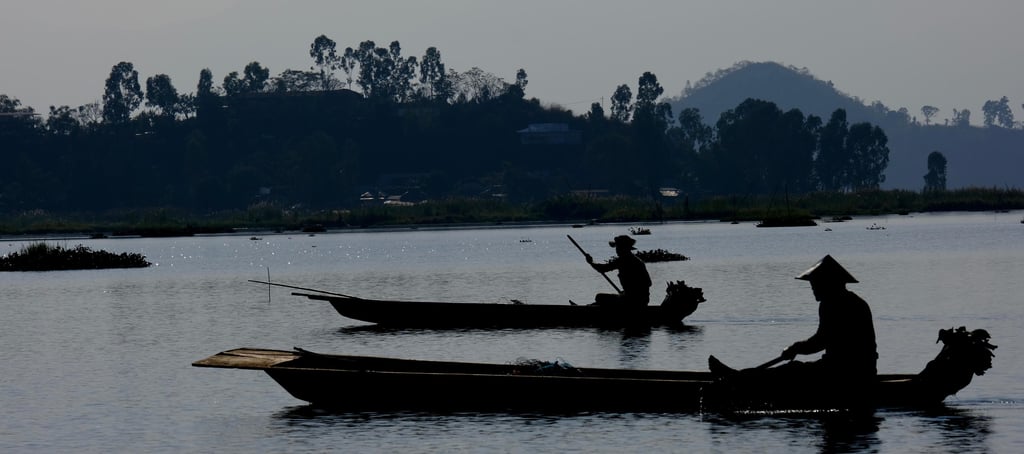

Image: Fisherman with their boats across the tranquil waters of Loktak Lake
Loktak Lake, often called the "soul of Manipur," is renowned for its unique floating islands, or phumdis, and is home to the Keibul Lamjao National Park, the world’s only floating national park, which shelters the endangered Sangai deer. As a major tourist attraction, the lake draws visitors to Manipur, significantly contributing to the state’s economy through tourism and its vibrant fishing industry. Beyond its economic value, Loktak plays a critical role in regulating the climatic conditions of the hill state and continues to inspire creativity among locals and visitors alike.
However, the lake is dying. Encroachment by a barrage that has killed its natural water flow, pollution, and siltation threaten its delicate ecosystem, endangering its biodiversity and the livelihoods of communities dependent on it.
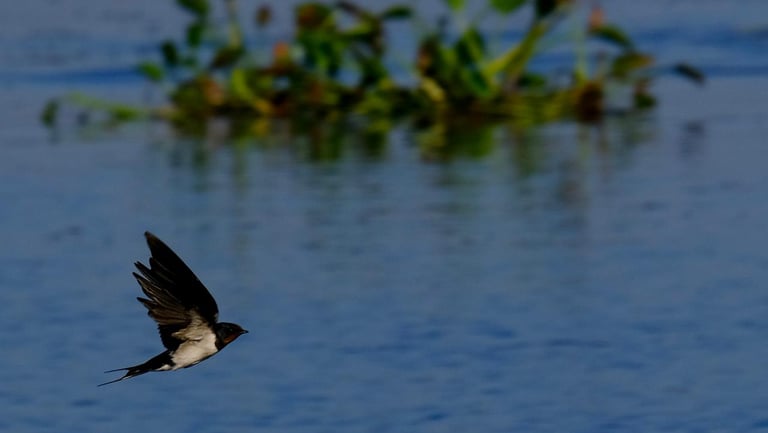

Image: A swallow glides gracefully over the waters of Loktak Lake
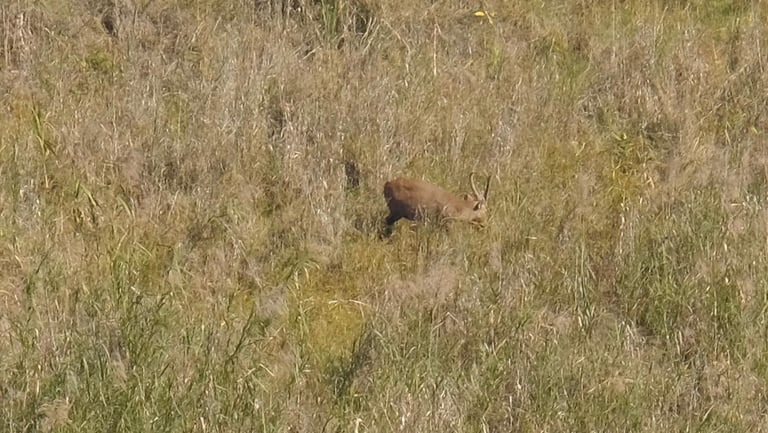

Image: Sangai on its only natural habitat, the world’s only float wildlife sanctuary- Keibul Lamjao National Park
Azam Siddiqui, an NDTV video journalist and dedicated animal activist, captured the lake’s fragile beauty in a photograph that stood out among global submissions for its creativity, visual impact, and powerful representation of Loktak’s ecological significance. Selected by a distinguished jury, his image was featured at COP15, amplifying the urgent need to protect this vital wetland.
The Ramsar Convention’s COP15, attended by 172 contracting parties, adopted 25 resolutions and a new Strategic Plan for 2025-2034, emphasizing wetland restoration, climate resilience, and sustainable management. India’s resolution on promoting sustainable lifestyles for wise wetland use was a key highlight, aligning with efforts to safeguard sites like Loktak. The conference also saw the adoption of a 4.1% budget increase to CHF 15.5 million for 2025-2027 to support conservation efforts, alongside the Victoria Falls Declaration, which underscored global commitment to wetland protection.
Siddiqui’s photograph serves as a clarion call to action. “Loktak is not just a lake; it’s the heartbeat of Manipur,” he said. “Its decline is a warning of what we stand to lose—biodiversity, culture, and livelihoods. My image is a plea to the world to act before it’s too late.”
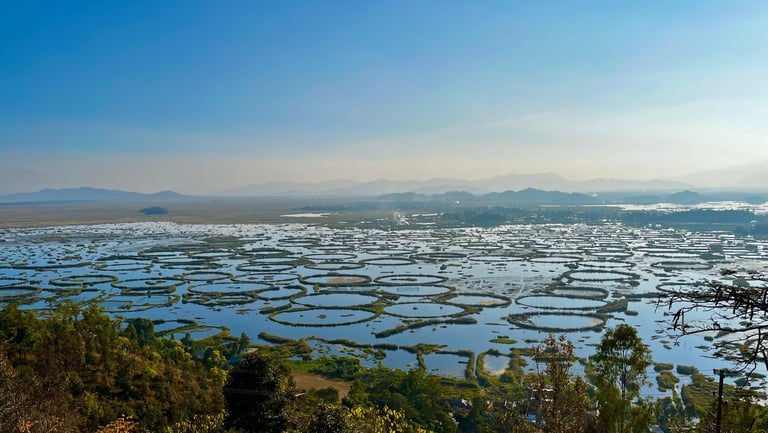

Image: A glance at the Loktak Lake
As Zimbabwe takes over the presidency of the Ramsar Convention from China, the global spotlight on Loktak Lake underscores the need for urgent action. With India’s leadership in promoting sustainable wetland use, there is hope that collaborative efforts can restore Loktak to its former glory, preserving it for future generations and ensuring it remains a beacon of Manipur’s natural and cultural heritage.
As India’s dynamic Environmental Minister Bhupendra Singh championed the nation’s commitment to sustainability at COP15 in Zimbabwe, positioning Bharat as a global leader in environmental stewardship with wetland conservation at its core, there is renewed hope for Loktak Lake’s revival. To secure its future, urgent conservation measures, including the decommissioning of national hydropower projects threatening its ecosystem, must be prioritized to restore this vital Ramsar Site and preserve Manipur’s ecological and cultural lifeline for generations to come.
For more information on wetland conservation efforts, visit [Ramsar Convention](https://www.ramsar.org).


Photo credit: Azam Siddiqui
